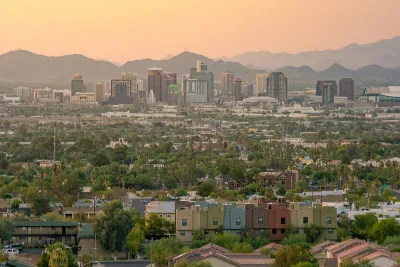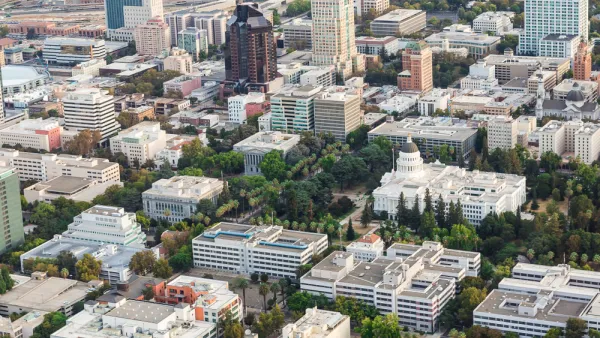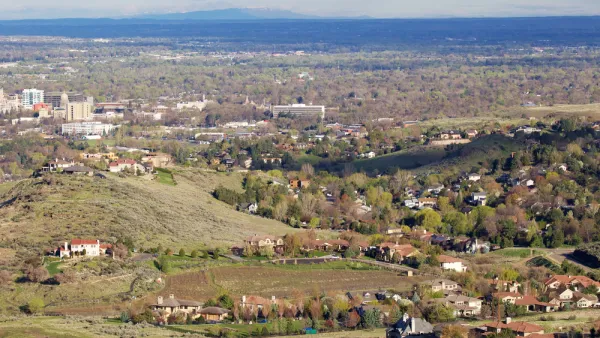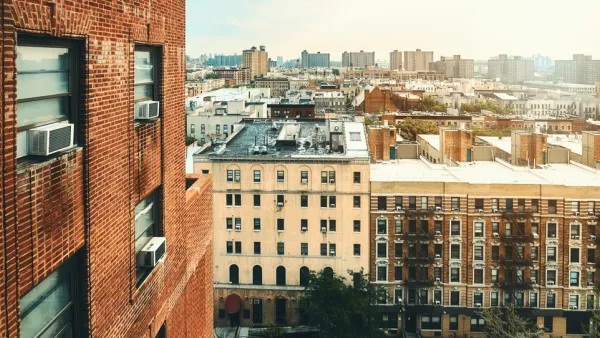The nation's growth slowed from 2010 and 2020, according to 2020 Census data, and demographers are still trying to figure out what population trends mean for the future of country's major metropolitan areas.

William H. Frey provides insights into the growth, diversity, segregation, and aging trends in the nation’s largest metropolitan areas, as reported by the 2020 Census.
As noted by Frey, the nation’s largest metropolitan areas—with 1 million residents and more—are home to six in ten Americans, and that total is only increasing as major metro areas grew faster than smaller metro areas from 2010 to 2020.
“Moreover, the increased racial and ethnic diversity that characterized the nation is especially concentrated in major metro areas and, in particular, among their youth populations,” writes Frey.
A few other key findings from the article (which synthesizes information presented in a longer report published by Brookings Mountain West), with more detail provided in the source article below:
- Major metro areas grew more slowly since 2010 than in several previous decades.
- The fastest growing metro areas are in the Sun Belt
- Cities grew faster and suburbs slower when compared to the previous decade of the 2000s.
- All major metro areas became more racially and ethnically diverse
- Neighborhood segregation varied by metro area
- The youth population declined and became more diverse
“This analysis of the 2020 census makes plain that the 2010-2020 period represents a transitional decade for the nation’s major metro areas,” according to Frey. That transition “does not lead to a straightforward forecast about [metro areas’] future prospects.”
FULL STORY: Growth, diversity, segregation, and aging in America’s largest metropolitan areas: A 2020 census portrait

National Parks Layoffs Will Cause Communities to Lose Billions
Thousands of essential park workers were laid off this week, just before the busy spring break season.

Retro-silient?: America’s First “Eco-burb,” The Woodlands Turns 50
A master-planned community north of Houston offers lessons on green infrastructure and resilient design, but falls short of its founder’s lofty affordability and walkability goals.

Delivering for America Plan Will Downgrade Mail Service in at Least 49.5 Percent of Zip Codes
Republican and Democrat lawmakers criticize the plan for its disproportionate negative impact on rural communities.

Test News Post 1
This is a summary

Test News Headline 46
Test for the image on the front page.

Balancing Bombs and Butterflies: How the National Guard Protects a Rare Species
The National Guard at Fort Indiantown Gap uses GIS technology and land management strategies to balance military training with conservation efforts, ensuring the survival of the rare eastern regal fritillary butterfly.
Urban Design for Planners 1: Software Tools
This six-course series explores essential urban design concepts using open source software and equips planners with the tools they need to participate fully in the urban design process.
Planning for Universal Design
Learn the tools for implementing Universal Design in planning regulations.
EMC Planning Group, Inc.
Planetizen
Planetizen
Mpact (formerly Rail~Volution)
Great Falls Development Authority, Inc.
HUDs Office of Policy Development and Research
NYU Wagner Graduate School of Public Service





























